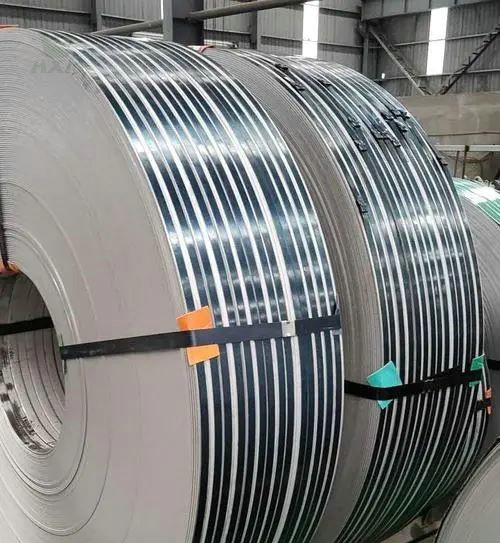
420 Stainless Steel Strips Suppliers
- Thickness: 0.03mm – 1.5mm
- Width: 3mm – 600mm, For the wider products pls check in coil products
- Finish: 2B, BA, TR
- TEMPER/Hardness: ANN / Soft, 1/2, 3/4, FH/Full hard, EH, SEH/Super EH
- Coil Diameter /ID: 200mm, 400mm, 510mm, 608mm
- MOQ: 2MT
Product Description of 420 Stainless Steel Strips
420 stainless steel strips are a kind of high hardness and high wear-resistant stainless steel strips, which belong to martensitic stainless steel. Its chemical composition contains about 13% chromium and a certain amount of carbon, manganese, silicon, and other elements. These stainless steel strips have excellent corrosion resistance, high-temperature strength, and magnetic properties, so it is widely used in automotive, aviation, medical equipment, chemical industry, food processing, and other fields.
The surface of 420 stainless steel strips is usually gray and can be surface treated (such as polished, galvanized, etc.) to change its appearance and properties. It has high hardness, high strength, high wear resistance, good corrosion resistance, high-temperature strength, and excellent processing properties. These stainless steel strips can be used for long periods at high temperatures and also has good wear resistance, making them suitable for the manufacture of high-load parts and mechanical components.
Huaxiao stainless steel strips suppliers are committed to providing high-quality and reliable stainless steel products and are your trusted partner.
Specification of 420 Stainless Steel Strips
Chemical Components of 420 Stainless Steel Strips
| 420 | C% | Si% | Mn% | P% | S% | Ni% | Cr% | Mo% |
| ASTM | 0.15-0.36 | 1 | 1 | 0.04 | 0.03 | 1 | 12-14 | 0.75 |
| JIS | 0.16-0.25 | 1 | 1 | 0.04 | 0.03 | 1 | 12-14 | – |
| GB | 0.16-0.25 | 1 | 1 | 0.035 | 0.03 | 1 | 12-14 | – |
Mechanical Properties of 420 Stainless Steel Strips
| 420 | Material Status | Y.S./Mpa ≥ | T.S./Mpa ≥ | E.L./% ≥ | HB ≤ | HRB ≤ | HBW ≤ | HV ≤ |
| ASTM A240/A240M | Annealed | 415 | 690 | 20 | 183 | 88 | 200 | – |
| JIS G4304 | Annealed | 345 | 690 | 20 | 201 | 93 | – | – |
| GB/T 1220 | Annealed | 345 | 690 | 20 | 201 | – | – | – |
| ASTM A240/A240M | Hardened and tempered | 1470 | 1655 | 5 | 48 | – | – | – |
| JIS G4304 | Hardened and tempered | 1320 | 1740 | 10 | 57 | – | – | – |
| GB/T 1220 | Hardened and tempered | 1320 | 1740 | 10 | 57 | – | – | – |
Features of 420 Stainless Steel Strips
The higher hardness of 420 stainless steel strips is due to its chemical composition and heat treatment method. 420 stainless steel strips are mainly composed of chromium and carbon, where the chromium content is about 12-14% and the carbon content is between 0.12-0.25%. This composition allows 420 stainless steel strips to have high hardness, strength and wear resistance.
In addition, 420 stainless steel strips need to be properly heat treated to achieve their optimum properties. During the quenching process, the strips are heated to high temperatures and cooled rapidly, which helps to increase their hardness and strength. If the strip requires higher hardness, it needs to be tempered to make it more ductile and machinable.
420 stainless steel strips are less resistant to corrosion compared to other stainless steel types due to its high carbon content and lower chromium content. However, with proper heat treatment, it can achieve high hardness and good resistance to wear and tear. In addition, if used and maintained correctly, 420 stainless steel strips can also exhibit good corrosion resistance. Therefore, in practical applications, it is important to choose the right stainless steel material according to the specific situation and adopt the correct usage and maintenance methods to ensure its performance. As a professional stainless steel strip supplier, Huaxiao Stainless Steel offers high quality 420 stainless steel strips to meet the needs of a variety of different applications.
420 stainless steel strips are martensitic stainless steels and therefore have a certain degree of magnetism. During processing, if subjected to overheating, ferrite may occur, resulting in increased magnetism. However, even under normal conditions of use, 420 stainless steel strips have higher magnetic properties than many other stainless steel strips. This also gives 420 stainless steel strips an advantage in some applications where magnetic materials are required, such as in the manufacture of watches and timepieces. At the same time, it is important to note that the magnetic properties of 420 stainless steel strips may affect some applications, such as the use of 420 stainless steel strips in certain special cases where non-magnetic materials are required, and caution is required.
420 stainless steel strips have good machinability and can be processed and deformed in many ways. It can be processed into parts and components of different shapes and sizes by cutting, stamping, bending, welding, deep punching, etc., which are widely used in different fields. In addition, 420 stainless steel strips can be precision machined by drilling, milling, turning, etc. to meet a variety of specific engineering requirements. The benefit of this machinability is that it can greatly increase productivity and reduce production costs, as the process can be more efficient and economical. In many industries, 420 stainless steel strips have become one of the materials of choice because they can be machinable while maintaining strength and corrosion resistance for a variety of applications.
The high surface finish of 420 stainless steel strips is due to its precision processing and polishing treatment during the production process. During the production process, 420 stainless steel strips are processed through multiple processes such as cold rolling or hot rolling, annealing, pickling and polishing to finally obtain a smooth and bright surface.
Due to the high surface finish of 420 stainless steel strips, they are widely used in some application areas with high requirements for appearance, such as manufacturing high-precision instruments, ornamental items, jewelry, etc. In some fields that require precision processing, such as electronics, optics, precision machinery, etc., 420 stainless steel strips can also be widely used.
Application of 420 Stainless Steel Strips
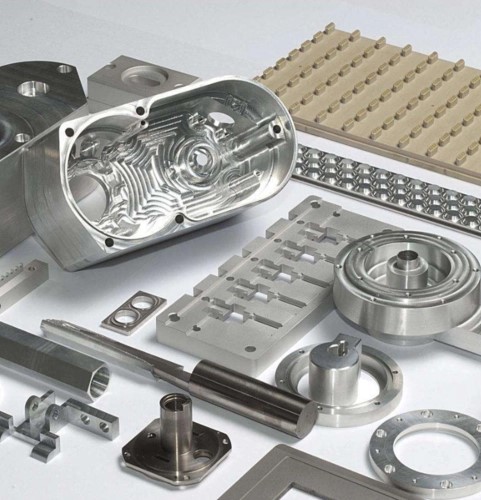
manufacturing industry
420 stainless steel strips have a wide range of applications in the manufacturing industry. Due to its high hardness, wear resistance, and machinability, it is often used in the manufacture of various parts, such as mechanical parts, springs, valves, bolts, baffles, etc. In the field of food processing equipment manufacturing, 420 stainless steel strips are widely used in the manufacture of components such as knives, cutters, grinders, filters, etc. Huaxiao stainless steel strips suppliers also offer 420 stainless steel strips in different specifications and sizes to meet the needs of the manufacturing industry.
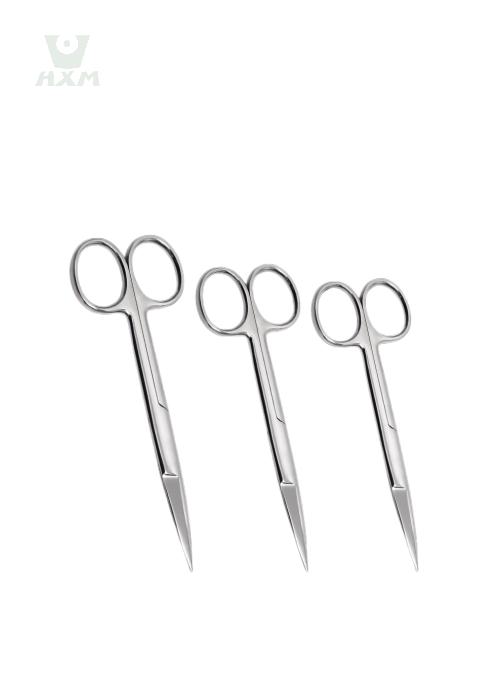
medical device manufacturing industry
420 stainless steel strips have a wide range of applications in the medical device manufacturing industry. Medical devices have very high requirements for materials. 420 stainless steel strips can meet the requirements of the medical device manufacturing industry due to their high hardness, good corrosion resistance, easy processing, and high surface finish. In the medical device manufacturing process, 420 stainless steel strips can be used to manufacture surgical instruments, surgical hooks, syringes, surgical clamps, surgical needles, heart clamps, guide wires, etc. Huaxiao stainless steel strips suppliers can provide 420 stainless steel strips in various specifications and surface finishes to meet the needs of medical device manufacturers.
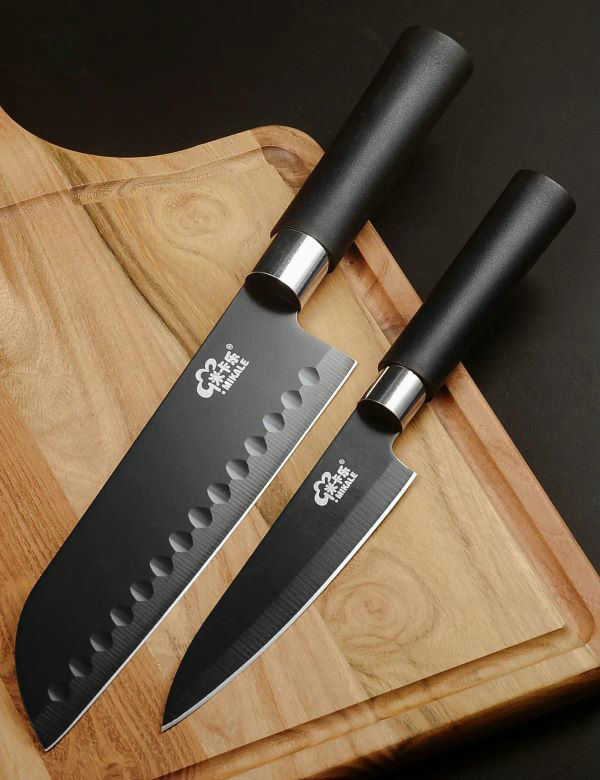
kitchenware manufacturing industry
420 stainless steel strips have a wide range of applications in the kitchenware manufacturing industry. It's high hardness and strength make it an ideal material for cutting blades, paring knives, kitchen knives, and other cutting tools. In addition, due to its good corrosion resistance, it can also be used in the manufacture of boilers, stoves, kitchen sinks, and other components. As a professional stainless steel strips suppliers, Huaxiao Stainless Steel Strips Suppliers offers a wide range of 420 stainless steel strips in various specifications and sizes, which can be customized and processed according to customers' requirements.
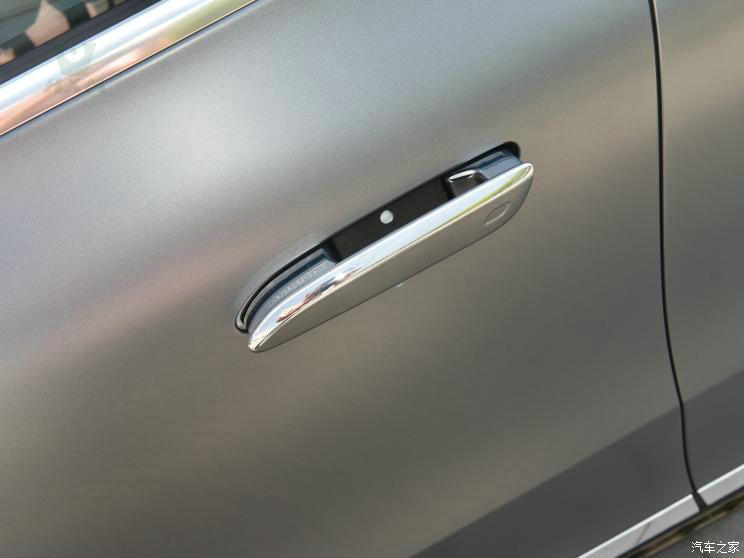
automotive manufacturing industry
420 stainless steel strips have a wide range of applications in the automotive manufacturing industry. Due to its high hardness, good corrosion resistance, and good processing performance, it is often used in the manufacture of various parts in automotive manufacturing, such as brake systems, engine parts, transmission parts, fuel system parts, and so on. Huaxiao stainless steel strips suppliers can provide 420 stainless steel strips in various specifications and processing methods to meet the needs of the automotive manufacturing industry.

architectural decoration industry
420 stainless steel strips also have a wide range of applications in the architectural decoration industry. For example, it can be used to make decorative elements such as doors, windows, ceilings, suspended ceilings, and handrails, as well as wall panels, floors, columns, and other architectural decorative materials. Because of its high hardness, strength, and corrosion resistance, 420 stainless steel strips can withstand heavy loads and environmental changes in buildings, while still maintaining the beauty and finish of the surface. Huaxiao stainless steel strips suppliers can provide stainless steel strip materials that meet customers' requirements and ensure their quality and reliability to meet the needs of the architectural decoration field.
FAQ
420 stainless steel strips are suitable for a variety of processing methods, such as
Stamping Processing: Stamping is a common processing method, suitable for simple shape processing and cutting of 420 stainless steel strips.
Milling Processing: Milling processing can be done to 420 stainless steel strips with high precision, and is suitable for complex shape processing and surface processing.
Welding Processing: 420 stainless steel strips can be welded by TIG, MIG, and other methods, suitable for complex assembly and manufacturing.
Laser Cutting: Laser cutting is a high-precision cutting method, suitable for complex shape cutting of 420 stainless steel strips.
Bending Processing: Suitable for forming processing of 420 stainless steel strips, such as making U-shapes, V-shapes, etc.
Surface treatment methods for 420 stainless steel strips include
Polishing: The surface of 420 stainless steel strips is made smooth by grinding and polishing.
Acid Washing: Remove the oxidation layer and rust from the surface by acidic solution to make the surface cleaner.
Sandblasting: Using high-pressure airflow to spray tiny particles onto the stainless steel surface to form tiny pits, thus increasing the surface roughness and slip resistance.
Electroplating: Deposits metal ions on the surface of stainless steel, thus changing its appearance and properties.
Coating: Covering the surface of stainless steel with a protective coating to improve its corrosion resistance and aesthetics.
Oxidation: The use of chemical reactions to form an oxide film on the surface of stainless steel to improve its surface properties.
420 stainless steel strips and 430 stainless steel strips are two different materials of stainless steel strips, and the following differences exist between them:
Chemical Composition: 420 stainless steel strips contain about 13% chromium and about 0.15% carbon, as well as moderate amounts of molybdenum, manganese, silicon and other elements, while 430 stainless steel strips contain about 17% chromium and a small amount of nickel, as well as about 0.12% carbon and manganese and other elements.
Hardness: 420 stainless steel strips have a higher hardness, usually around HRC50, while 430 stainless steel strips have a lower hardness, usually around HRC20.
Magnetic Properties: Due to the difference in chemical composition, 420 stainless steel strips have certain magnetic properties, while 430 stainless steel strips are non-magnetic.
Corrosion Resistance: Due to the difference in chemical composition, 420 stainless steel strips are more resistant to corrosion than 430 stainless steel strips, but there will still be some corrosion of some chemically stronger corrosive media.
Applications: Due to their respective characteristics, 420 stainless steel strips are usually used in the manufacture of knives, surgical instruments, molds and other fields, while 430 stainless steel strips are usually used in the manufacture of kitchenware, home appliances and other fields.
The differences between 420 stainless steel strips and 304 stainless steel strips are as follows:
Chemical Composition: 420 stainless steel strips are rich in chromium and carbon, while 304 stainless steel strips are rich in chromium and nickel.
Hardness: 420 stainless steel strips are harder than 304 stainless steel strips because they contain a higher carbon content.
Magnetism: 420 stainless steel strips are magnetic stainless steel, while 304 stainless steel strips are non-magnetic stainless steel.
Corrosion Resistance: 304 stainless steel strips are more resistant to corrosion than 420 stainless steel strips, especially in acidic environments.
Processability: 420 stainless steel strips are easier to form thin plates and strips when processed, but 304 stainless steel strips are easier to process such as deep drawing and bending.
The following are recommendations for maintaining 420 stainless steel strips:
Regular Cleaning: Use a mild detergent and a soft cloth to wipe the surface of 420 stainless steel strips, avoid using abrasive or corrosive cleaners or tools to avoid scratching the surface. Cleaning can be rinsed off with water and then wiped dry.
Avoid Heavy Collision: Although 420 stainless steel strips are hard, but still need to avoid heavy impact to avoid scratching or deformation.
Avoid Prolonged Exposure to High Temperature or Humid Environment: 420 stainless steel strips have good corrosion resistance, but still need to avoid prolonged exposure to high temperature or humid environment to avoid impact on the surface.
Regular Maintenance: You can use the appropriate stainless steel maintenance agent for maintenance, which can not only maintain the surface finish, but also enhance the corrosion resistance of 420 stainless steel strips.
It should be noted that the maintenance method of 420 stainless steel strips may vary depending on the specific use environment and material, so it is recommended to consult with the stainless steel strip supplier before use.
Get In touch
Ready to Elevate Your Projects? Dive into our Stainless Steel Collection and Submit Your Specifications Today!
Phone/WhatsApp/WeChat:
+86 13052085117
Email: [email protected]
Address: RM557, NO.1388 Jiangyue Road, Shanghai China



